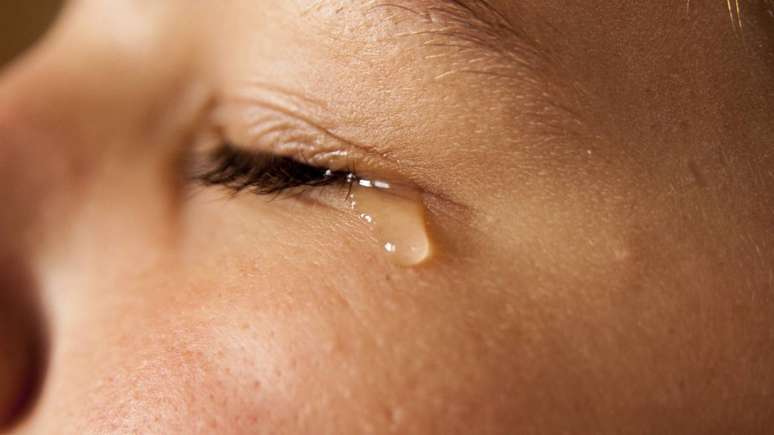Changing habits and regular appointments with the dentist help prevent these problems.
Oral diseases affect the world population at all ages. In Brazil, due to several factors, oral hygiene is still very neglected. According to dentist Dr. Bruna Conde, trained in oral health, periodontology and halitosis, most oral diseases can be avoided through prevention and changing daily habits. So, she looks at the most common oral problems and how to treat them.

1. Bacterial plaque
Plaque itself is not a disease. However, it is one of the main causes that help develop diseases. It is a sticky film made of bacteria and food debris that forms on the teeth. It is the main cause, for example, of tooth decay and gingivitis. If not removed daily, the plaque hardens and causes tartar.
“To remove and prevent bacterial plaque, it is essential to brush your teeth and floss every day. When you consult your dentist, learn what and how to brush your teeth in a way that is personalized for you,” says Dr. Bruna Condé.
Two. Tartar
Tartar is a yellowish plaque that forms around the teeth on the inside and outside of the gums. It consists in the hardening of the bacterial plaque or the dental biofilm present on the surface of the teeth. This way it ends up acquiring a yellowish or whitish crusty appearance. Tartar is easily pigmented and can leave teeth stained with colors ranging from greenish to brown and even black.
“And depending on the patient’s habits, lifestyle and how long the tartar stays in the mouth, it can end up contributing to bad breath (halitosis) and even softening of the teeth,” explains the dentist.
Some tips for preventing tartar are basically avoiding bacterial plaque buildup, brushing your teeth well, flossing every day, not trying to remove it with your fingernails or toothpicks, drinking plenty of water, and making frequent dentist appointments.
“A superficial and poorly performed scraping, for example, without analyzing if there is tartar inside the gum can cause tooth loss. This accumulation inside the gum makes the tooth soft and, over time, this tooth can fall, therefore the importance of consulting a specialist in periodontology, “he warns.
3. halitosis
Bad breath is characterized by halitosis, which can be of physiological origin, caused by poor health oral hygiene, tongue lining, bacterial plaque. Or it can come from a pathological origin, due to periodontal diseases, inflammation, caries, hormonal alterations, due to metabolic and systemic problems. “In this way, an analysis by a qualified halitosis specialist is essential to identify the origin of halitosis and carry out the correct treatment to put an end to this problem once and for all,” says Dr. Bruna Condé.

4. Gingivitis
Gingivitis is a disease that causes inflammation of the gums. Some of the symptoms are irritation, redness, swelling, retracted gums, and bleeding easily. Gingivitis arises from the accumulation and proliferation of bacteria in the mouth and, in large quantities, affect the gums causing inflammation.
If left untreated, it can develop into periodontitis and affect the entire tooth support, causing bone loss, retraction, softening and tooth loss. The most effective way to prevent gingivitis is to perform good daily oral hygiene (brushing, tongue scraping, dental floss and mouthwash) and to prevent food and bacteria from entering the mouth.
5. Caries
Caries is based on the deterioration of the tooth caused by the accumulation of bacteria, which form hardened plaques that are removed only in the dental office. In this plaque, the bacteria gradually pierce the tooth enamel, causing pain and discomfort as they reach the deeper parts. Tooth decay is strongly influenced by the patient’s lifestyle, defined by his diet, how his teeth are cared for and cleaned, by the presence of fluoride in the drinking water and by the fluoride in the toothpaste.
Some of the main symptoms are pain that gets worse when you ingest something sweet, cold or hot, holes in your teeth, brown or white spots on the surface of the tooth, sensitivity, swollen gums and dental floss that frays when it passes between the teeth. To avoid tooth decay, correct and daily oral hygiene is essential, as well as avoiding excesses of sweets and foods that stick to the teeth, always opting for fluoride toothpastes, eating fibrous foods to help with cleaning and making periodic visits to the dentist.
6. Periodontitis
Characterized by chronic multifactorial inflammation, associated with a compromised dental biofilm, leading to the loss of the supporting tissues of the teeth, it is estimated that periodontitis affects more than 50% of the population in Brazil. The specialist Dr. Bruna Conde explains that the disease is the evolution of untreated gingivitis.
Some signs of periodontitis are: swollen, red and painful gums, bleeding when brushing and flossing, retraction of the gums, teeth that change position and increase space between each other, persistent bad breath, pus and secretions between the teeth.
The treatment of the disease is carried out in the office, through a careful professional scraping of the outside and inside of the gum, assessment of habits and a personalized lifestyle and hygiene, which may require pipe cleaners and a single tuft to access hard-to-reach areas. “We can use laser therapy to assist in healing, pain and infection control. Open scaling is rare because we now have much superior technology that offers total patient comfort,” concludes Dr. Bruna Condé.
by Gabriela Dallo
+The best content in your email for free. Choose your favorite Earth Newsletter. Click here!
Source: Terra
Benjamin Smith is a fashion journalist and author at Gossipify, known for his coverage of the latest fashion trends and industry insights. He writes about clothing, shoes, accessories, and runway shows, providing in-depth analysis and unique perspectives. He’s respected for his ability to spot emerging designers and trends, and for providing practical fashion advice to readers.







